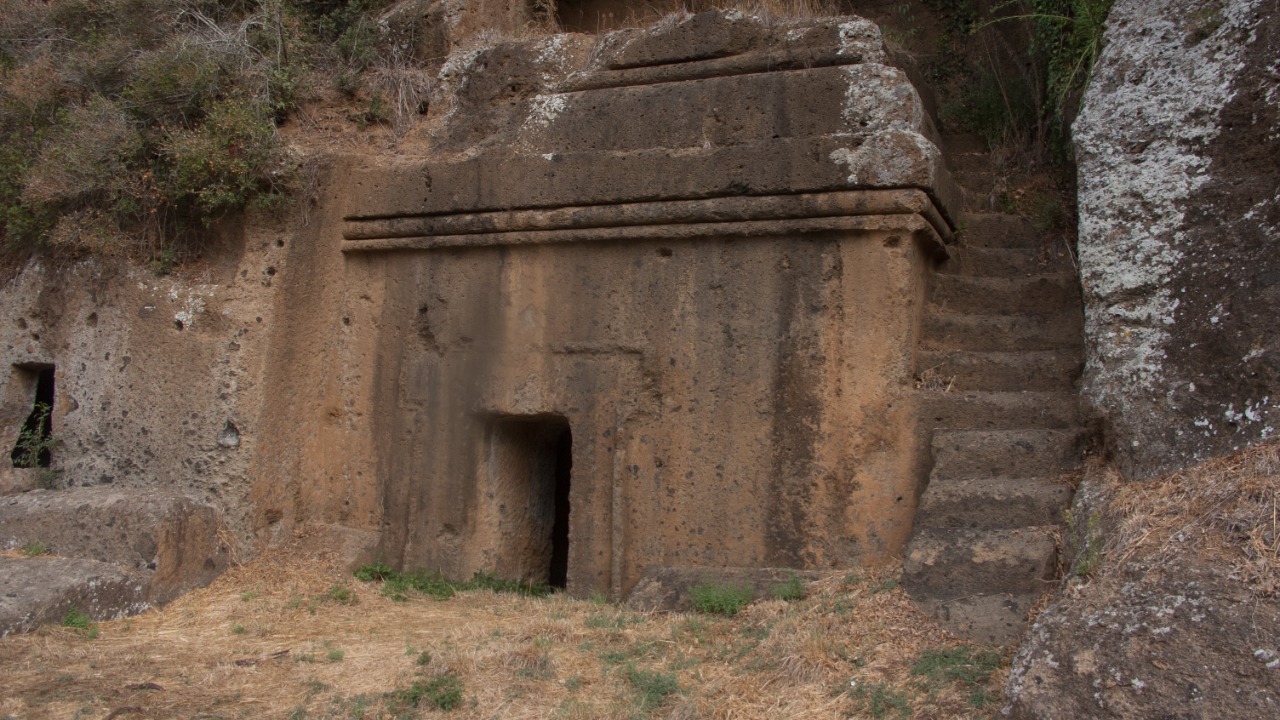
In a remarkable archaeological discovery, a 2,500-year-old tomb filled with treasure was unearthed at an Etruscan necropolis in Italy. This tomb, featuring a unique painted scene of a smithy, has remained untouched since around 500 BCE, offering unprecedented insights into Etruscan burial practices and preserving ancient artifacts in their original state. The tomb’s isolation within the necropolis has kept it safe from looters for over two millennia.[1]
The Site of Discovery
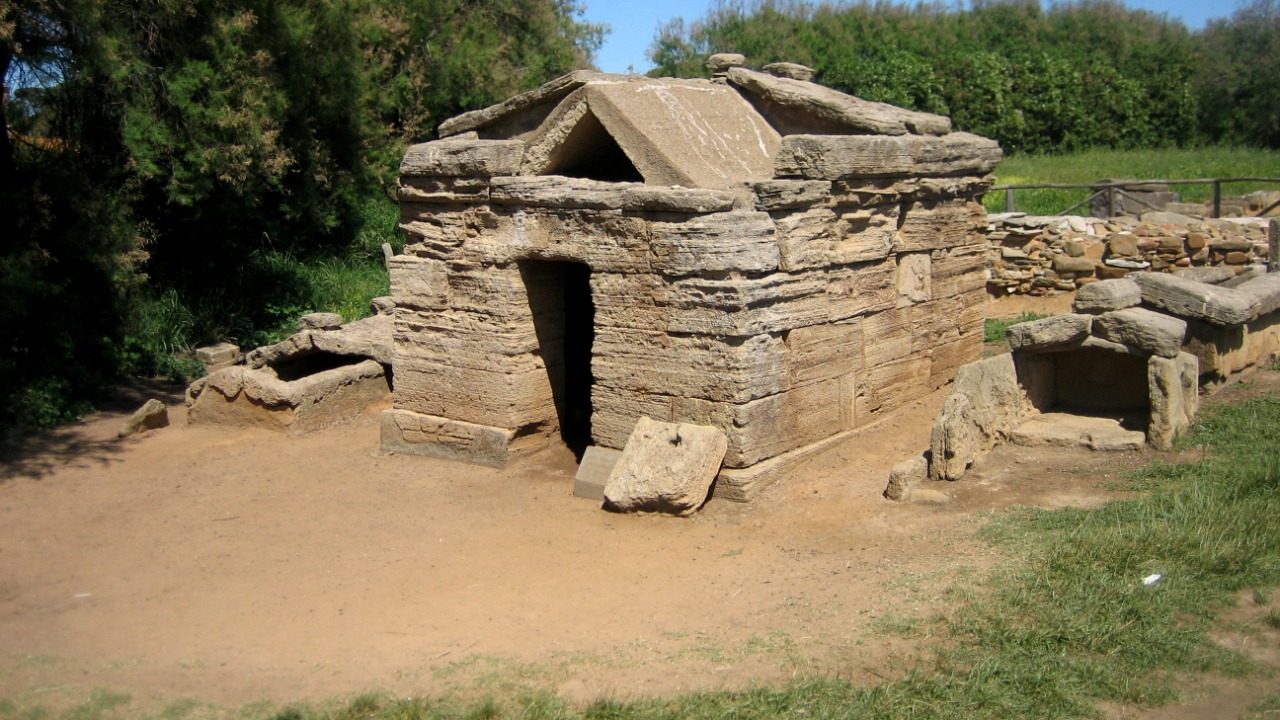
The tomb was discovered during routine archaeological surveys at an Etruscan necropolis in Italy. Its entrance was cleverly concealed and sealed, contributing to its untouched condition for approximately 2,500 years.[2] The necropolis, a significant site in Etruscan culture, has remained largely undisturbed, unlike other nearby ancient sites.[3]
Unveiling the Painted Interior

Inside the tomb, archaeologists found a unique fresco depicting a smithy scene. Figures engaged in metalworking were painted directly on the tomb walls, a rare sight for Etruscan tombs of this era.[1] The preservation of colors and details in the paintings is remarkable, given their age.[2] Unlike typical Etruscan tomb art, which often features mythological themes, this artistic style focuses on representations of daily life.[4]
The Untouched Condition
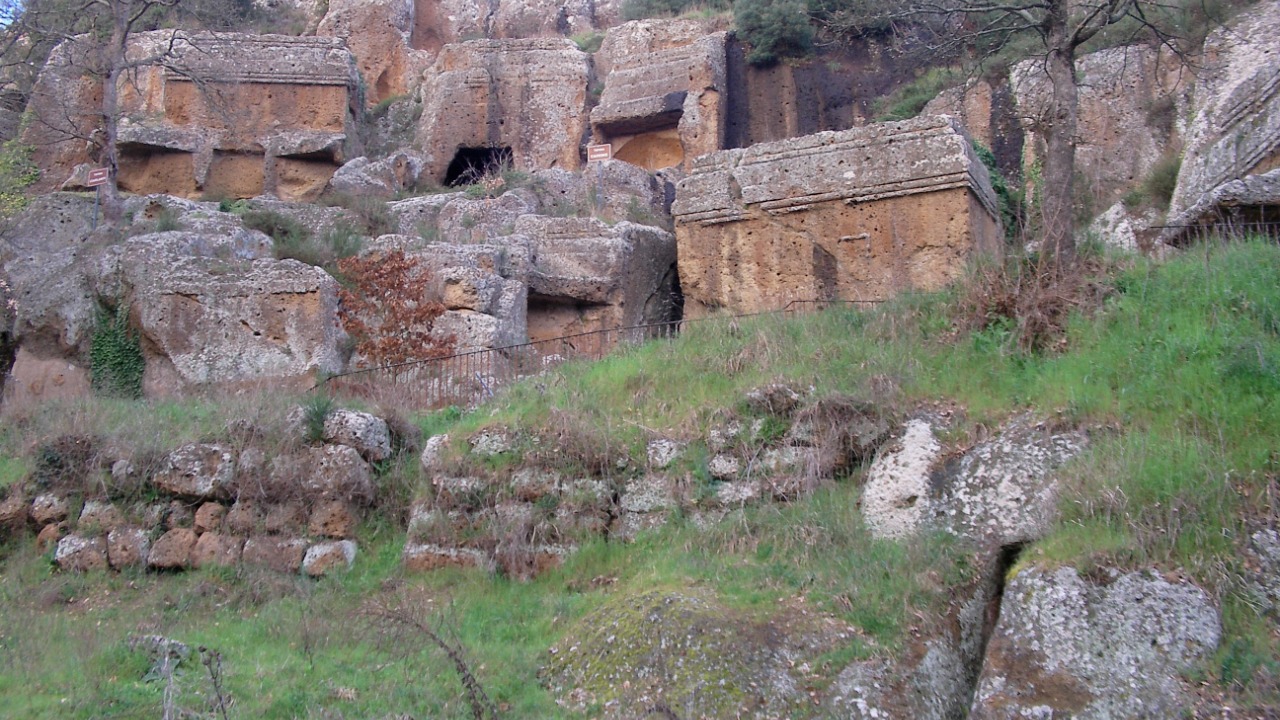
The tomb’s remote position within the necropolis and its natural camouflage are likely reasons why it evaded looters for 2,500 years.[2] Upon initial entry, the excavation team found dust-covered artifacts in their original placements, with no signs of prior disturbance.[3] This untouched condition is reminiscent of other ancient tombs, like a 2,500-year-old Alanian example, where similar sealing preserved treasures.[4]
Insights into Etruscan Society
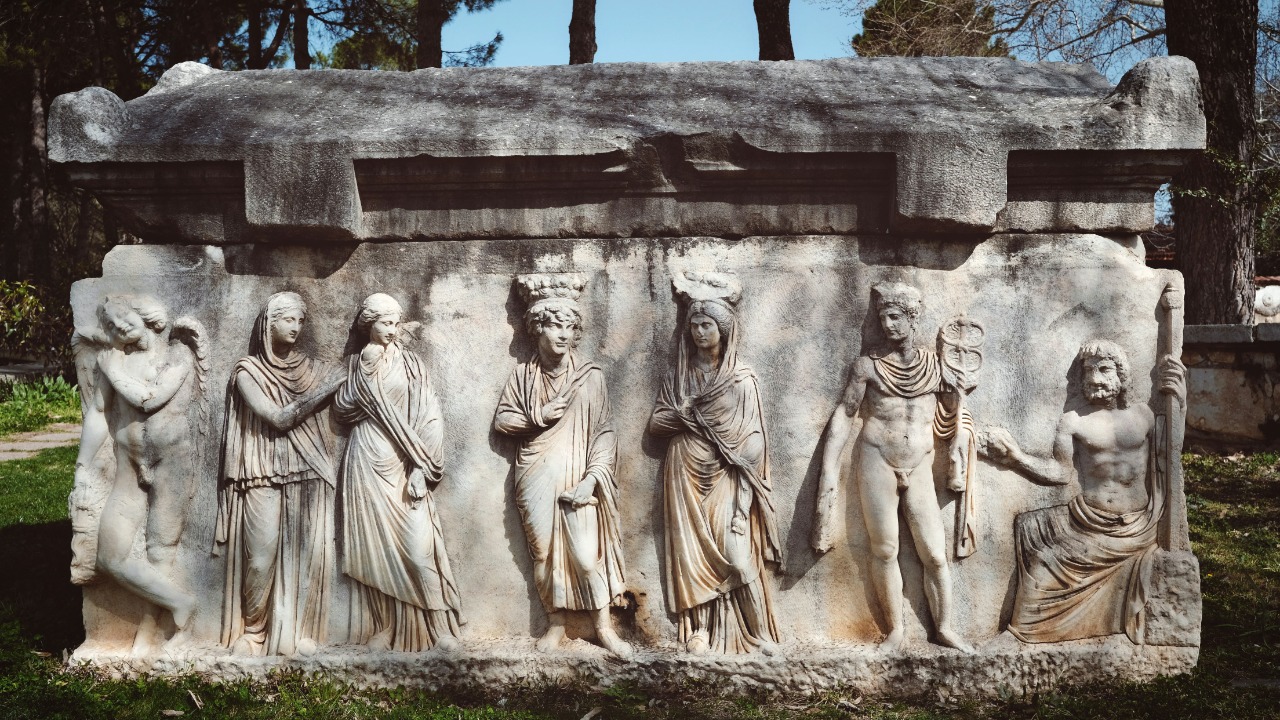
The smithy painting in the tomb provides valuable insights into Etruscan metallurgy and craftsmanship in both daily and funerary contexts around 500 BCE.[1] The quality of the artifacts suggests that the tomb’s occupant was likely a high-status individual.[2] The arrangement of the artifacts also provides clues to Etruscan beliefs in the afterlife, as they were likely placed to aid the deceased’s journey in the afterlife.[5]
Excavation and Preservation Efforts
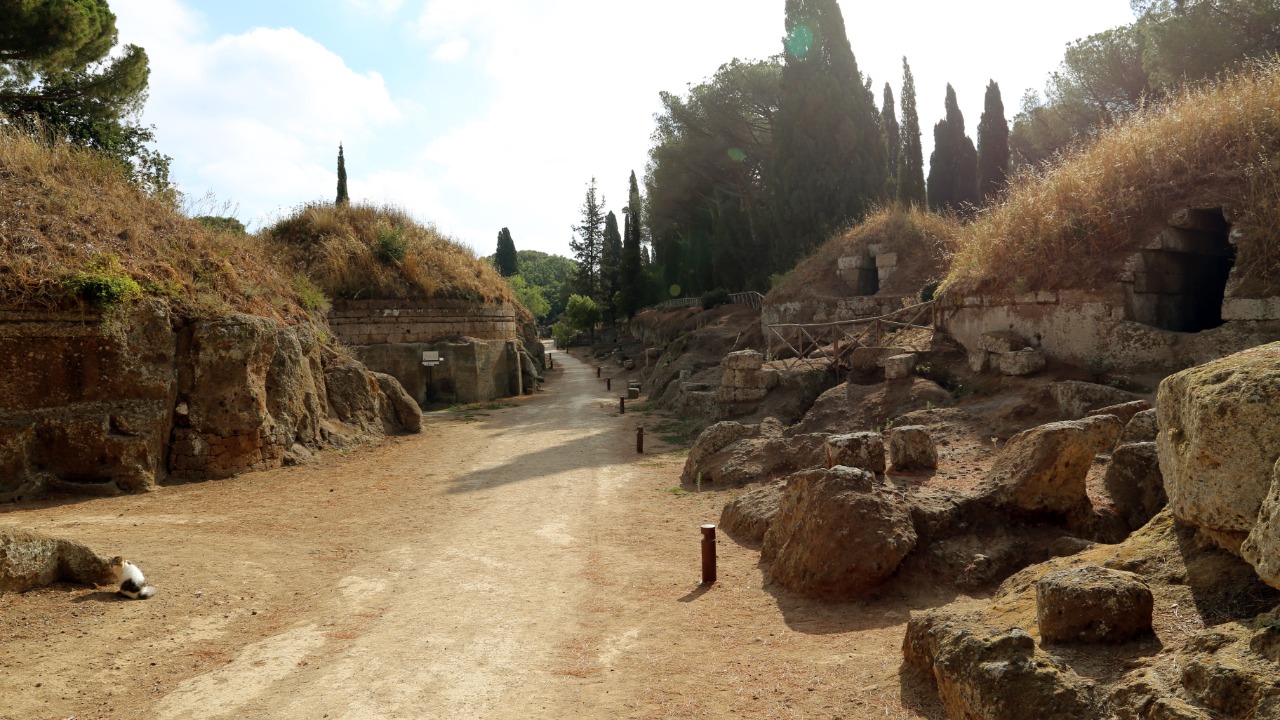
The archaeological team, led by Italian experts, used non-invasive techniques to document the 2,500-year-old site.[1] Plans are underway for the conservation of the paintings and artifacts, which will be transported to museums in Italy under climate-controlled conditions.[3] Maintaining the tomb’s integrity post-discovery presents challenges, as seen in other untouched ancient finds.[4]
Broader Archaeological Implications
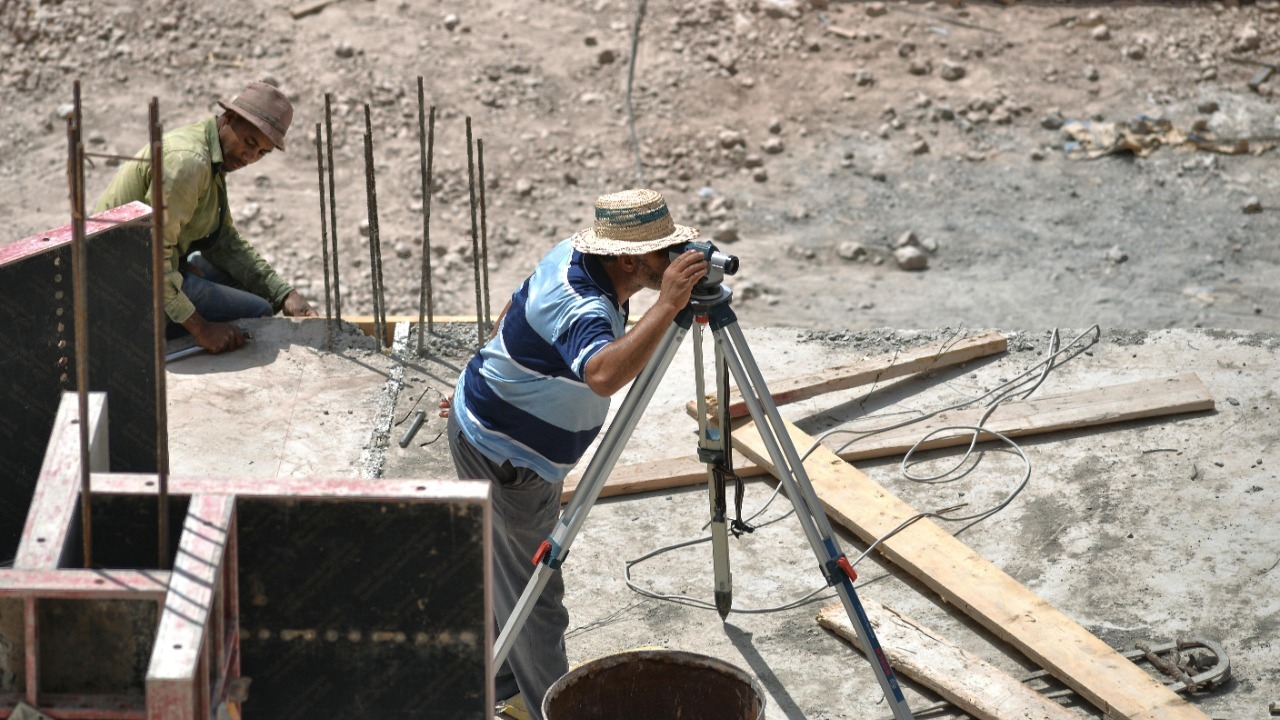
This discovery could potentially rewrite our understanding of 500 BCE trade and art in Italy, contributing significantly to ongoing Etruscan research.[2] The layout of the necropolis, informed by this untouched example, suggests the possibility of more undiscovered tombs nearby.[1] Similar global finds, such as a 5,000-year-old tomb, emphasize the rarity of untouched treasures.[5]